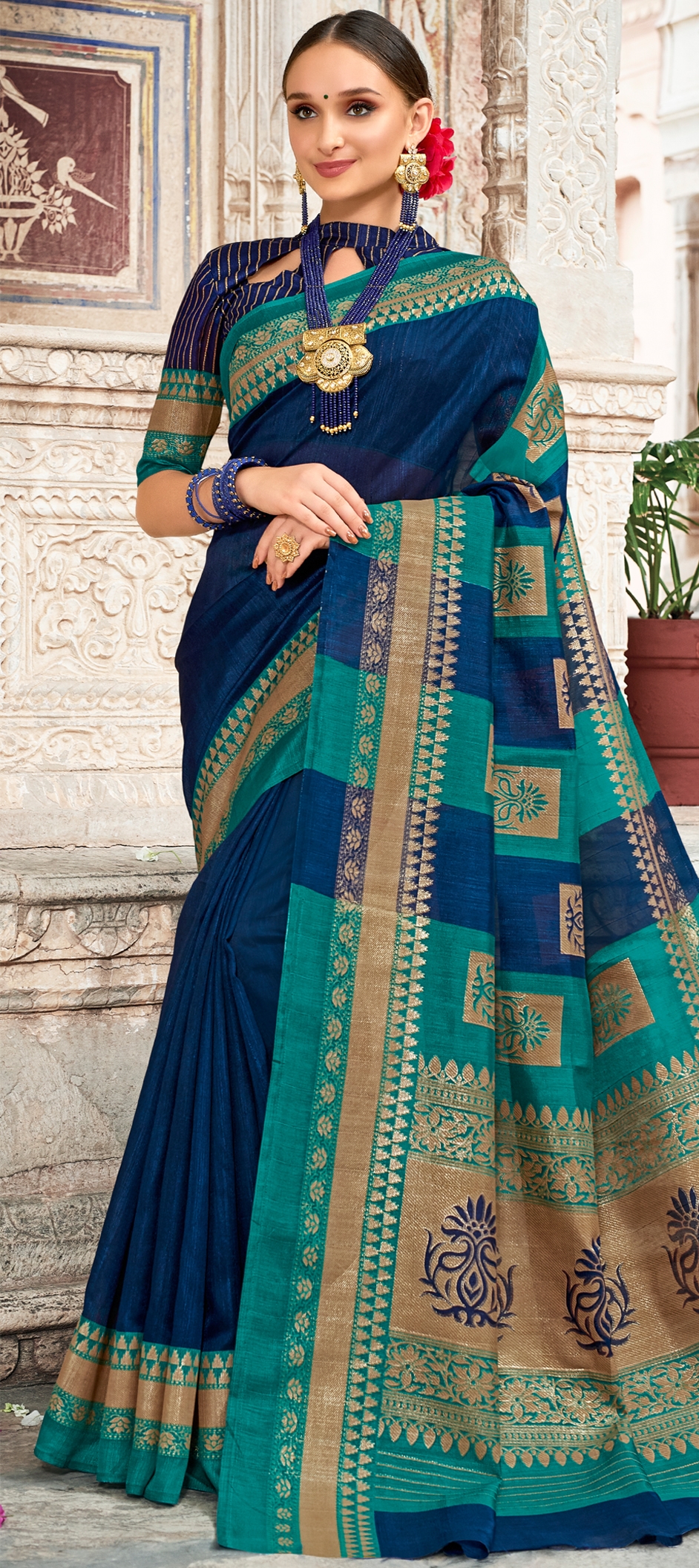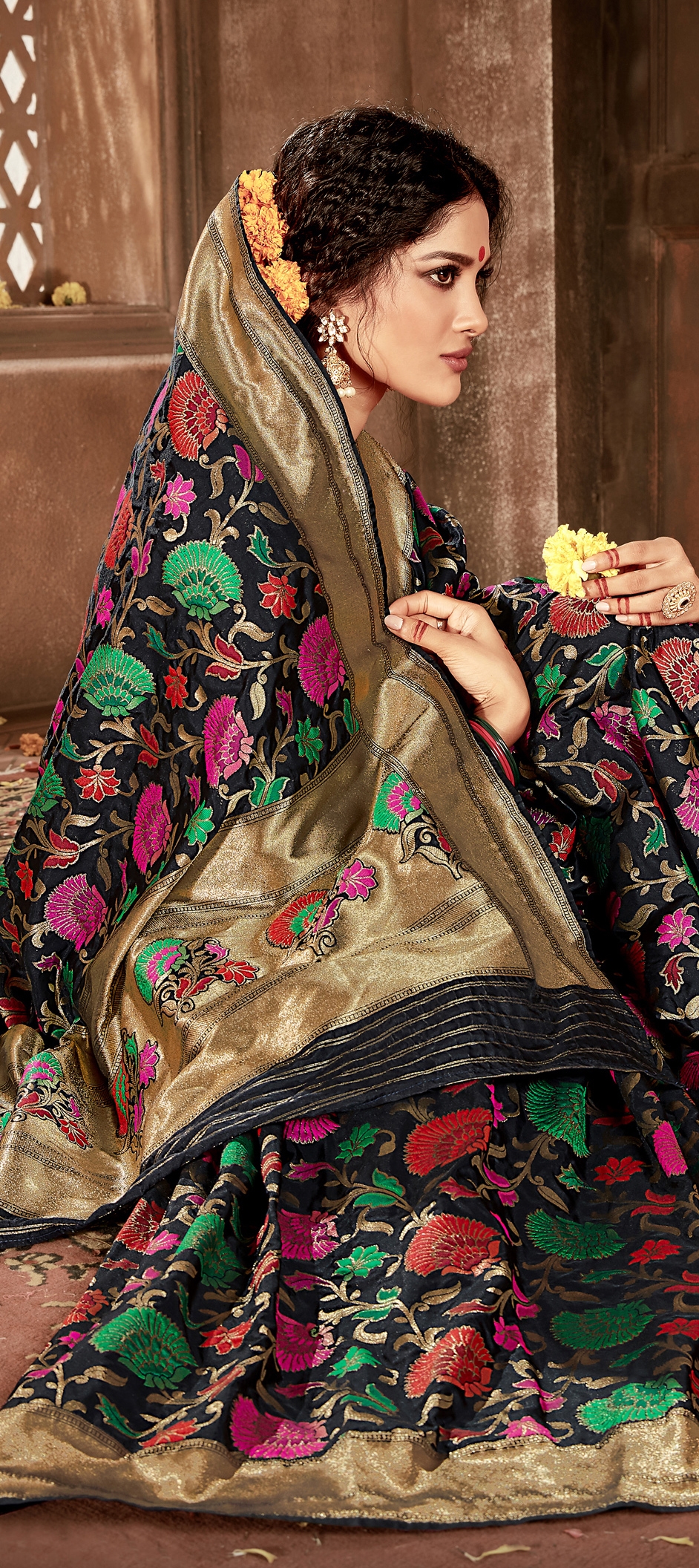India’s rich culture has been the gift from the enigmatic way of life that people of this amazing, intriguing and beautiful country have always enjoyed. Its real beauty and charm exists in its diversity that adds to its uniqueness along with making it opulent and abounding in various art forms that so distinctly and proudly displays its Indianised styles. Be it the clothes or dressing up in different Indian attires, this goes without saying that Indian Sarees have always seemed to be existed and worn by the women from different parts of the country.

Though their weaving, printing, embroidery and even draping styles differed but this nine yard running fabric, till date has enjoyed universal love of all Indian women, so much so that now the traditional sarees of India have cast an indelible impression by stealing the show and grabbing the global attention of the Fashionistas who express their immense admiration and appreciation of this ethnic wear born from Indian soil, known to lend grace, elegance and supreme femininity to its wearer.
Traditionally, sarees existed only in pure materials like crepe, silk, cotton, chiffon, georgette or tinchoi also called brocade. The quality and texture of fabric differed in each region as it depended on the thread and loom on which it is weaved. It is interesting to note here that there are approximately 30 types of regional sarees which can be draped in 80 styles. Sarees are considered to be the most suitable attire for any Indian traditional ceremonies ranging from a newly born baby’s function to a wedding.
Traditionally, sarees existed only in pure materials like crepe, silk, cotton, chiffon, georgette or tinchoi also called brocade. The quality and texture of fabric differed in each region as it depended on the thread and loom on which it is weaved. It is interesting to note here that there are approximately 30 types of regional sarees which can be draped in 80 styles. Sarees are considered to be the most suitable attire for any Indian traditional ceremonies ranging from a newly born baby’s function to a wedding.

Some of the famous traditional sarees of India are Banarasi Silk Saree originated in Varanasi, embellished with gold or silver zari. Chanderi Sarees from Madhya Pradesh are known to be weaved in pure silk, cotton or cotton silk with brocade in silver and gold. Kanjeevaram Sarees hailing from Tamil Nadu are weaved from pure mulberry silk thread. Bandhej Sarees made from tie and dye technique used in Gujarat and Rajasthan. Assam Munga Silk Saree weaved in Assam from wild mungas, Tussar Silk Saree, Chikankari Sarees originating from Uttar Pradesh’s capital Lucknow, Gadhwal Sarees are known for best zari borders, Pattu Sarees from Southern India, Leheriya and Gota Patti Sarees from Rajasthan, Bhagalpuri Sarees from Bengal, Bomkai Sarees from Odisha and Phulkari Sarees from Punjab, etc. There are many more to the list.

Earlier, a woman belonging to Bengal would only wear a traditional saree from her state due to lack of access to other state’s products but modern world has its own advantages and online shopping has brought everything so close. It has given freedom, lifting all constraints of time or availability of products and that is why one can enjoy variety as well has overcome restriction of region. They have found market not only in India but abroad. Not all online stores cater for a vast variety of traditional sarees but Indian Wedding Saree has the most authentic and vast collection of Indian Traditional Sarees in the premier quality of silk, crepe, brocade, chiffon, georgette or net. It also has array of colours in each variety to choose from making your shopping a wholesome and fully satisfying experience.













0 comments:
Post a Comment